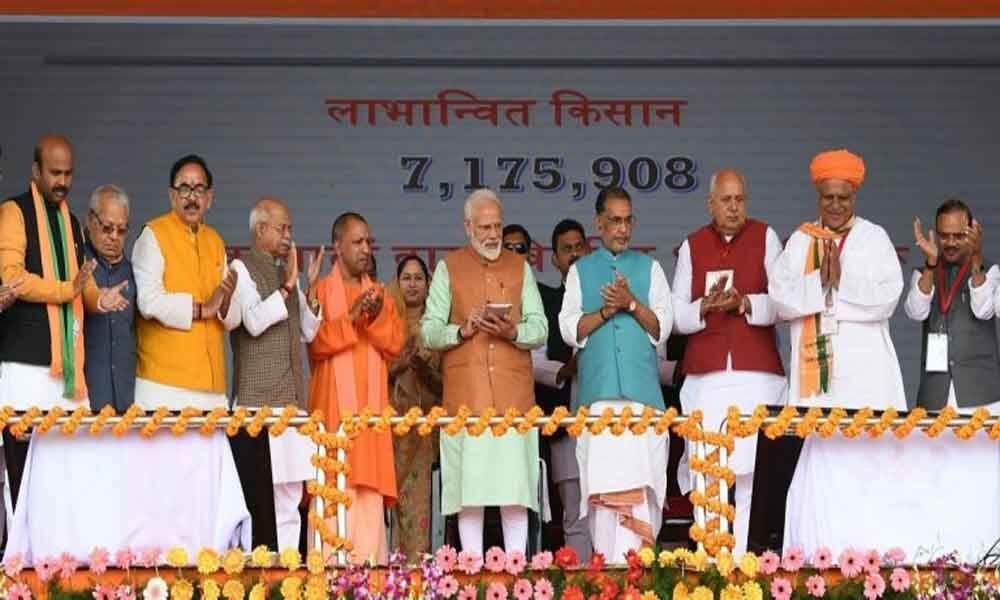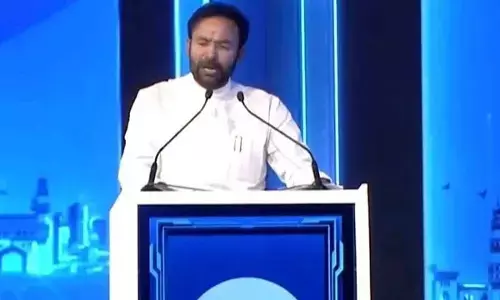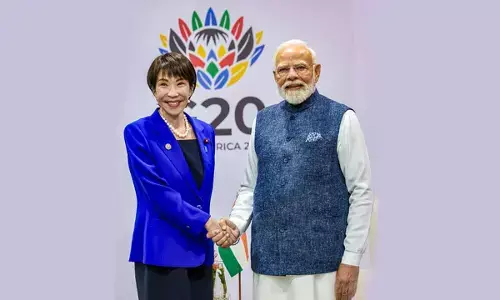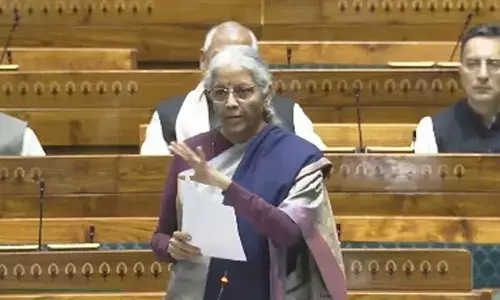Pradhan Mantri Kisan Scheme,Narendra Modi's answer to revive rural economy

Considering the need for a strong consumption stimulus, PM Kisan Scheme could well be at the centre of the grand scheme of things in the upcoming Budget.
New Delhi: Considering the need for a strong consumption stimulus, PM Kisan Scheme could well be at the centre of the grand scheme of things in the upcoming Budget.
In the Interim Budget FY20, the government announced PM Kisan scheme or the Pradhan Mantri Kisan Samman Nidhi Yojana (PM KISAN) with an objective of providing direct income support to farmers, pegged at Rs 6,000 per year to be paid in three instalments.
Stress in the rural sector is evident taking into account several indicators like the slump in the tractor sales. Besides the decline in the FMCG sales also indicate a slowdown in consumption.
This could further aggravate owing to the below normal monsoon forecast, which is all the more reason for the government to focus on the rural sectors to begin with.
The Modi government extended the scheme to all farmers from marginal and small farmers earlier, which would cost an additional Rs 12,000 crore (over the Rs 75,000 crore budgeted initially) and also announced PM Kisan Pension Yojana, which would cost Rs 35 billion on an annual basis.
The next step would be to ensure that PM Kisan reaches all the targeted beneficiaries. For this adequate fund would be provided in the budget. Sources said that the focus on PM Kisan and it adequate funding may also mean no increase in allocation other government schemes like the MGNREGA and PM Grameen Sadat Yojana.
Also, after the schedule is fully established in the current fiscal, sources said planning bug is already underway to increase the yearly support to farmers from the year.
Despite its launch early this year, "traction of the PM Kisan scheme has been slow, so far, with only 27 per cent of beneficiaries being identified so far," said a Yes Bank report titled a tightrope walk.
"Centre needs to push states to hasten the identification of farmers and disbursements under the scheme," the report stressed.
"There is a lot of probability that rural distress has caused a slowdown in consumption. Consumption propensity is very high in rural income and rural areas. I think rural distress and disruption of the informal sector have affected consumption and brought down GDP growth," Montek Singh Ahluwalia, former deputy chairman Planning Commission had said.
Echoing similar sentiments, Crisil chief economist D.K. Joshi said that current slowdown is more broad-based as it is affecting both urban and rural areas. "Though it is affecting everyone, the slowdown is more prominent in rural areas. The growth has also slowed down primarily due to rural distress. Rural income is not growing and this is reflecting in the slowdown in consumption," he said.




















